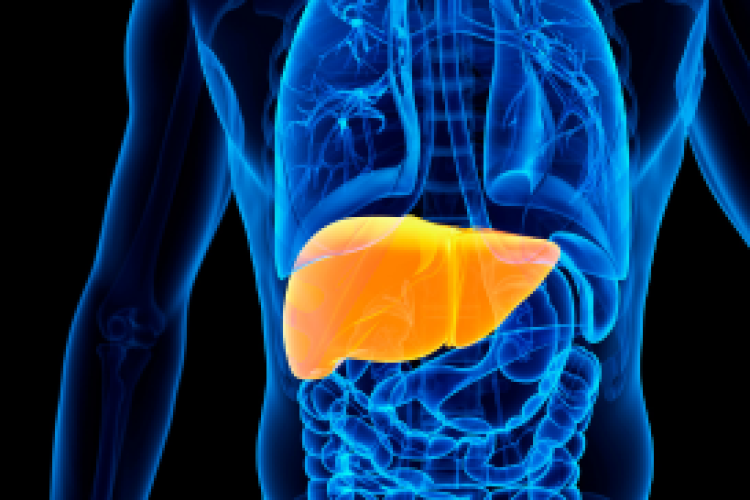People who have pain in their legs while they walk may be suffering from peripheral artery disease (PAD). This condition occurs when the arteries to the arms and legs narrow because of a buildup of fatty and calcified deposits. PAD is often a sign of a more widespread accumulation of disease in the arteries that may be reducing blood flow to the heart and brain, according to Sean Wengerter, MD, a vascular surgeon at Rockland Thoracic & Vascular Associates, PC, in Pomona, NY and attending physician at Montefiore Nyack Hospital.
PAD is more common in older people. According to the American Heart Association, it affects about 8.5 million Americans over age 40. “The risk factors for PAD are the same as those for heart disease, including obesity, high blood pressure and high cholesterol,” Dr. Wengerter said. “The risk is especially high for diabetics and smokers.”
Symptoms of PAD
Symptoms of PAD can range from mild to severe. Mild symptoms start with leg pain, known as claudication, when a person is walking. People with PAD describe the pain as cramping or muscle tightness. The pain goes away when a person rests. “For the vast majority of patients, that is their only symptom,” Dr. Wengerter said. Pain is most common in the calf and foot. It also can occur in the thigh and buttocks, which may be a sign of more severe disease in the arteries in the patient’s abdomen.
More severe PAD can cause leg pain that interferes with walking. “Some people experience pain when walking 1 or 2 blocks,” he said. In the most severe cases a person can only walk a few feet before they have to stop to allow the blood flow to catch up with the needs of the muscles. Some people with severe PAD find their leg pain is worse when they elevate their legs. They resort to sleeping with their legs dangled over the side of the bed.
If severe PAD goes untreated, it may lead to limb loss. “In these cases the blood flow is so diminished it can’t support tissue in the legs,” he said. “The tissue begins dying off, and patients can develop wounds that are difficult to heal or will never heal without surgery.”
Diagnosis and Treatment for PAD
To diagnose PAD, the doctor will conduct a physical exam and discuss your symptoms. If warranted, the doctor may conduct a test called ankle-brachial index (ABI). This compares the blood pressure in your ankle with the blood pressure in your arm. “It should be almost equal,” Dr. Wengerter said. You may walk on a treadmill and have blood pressure readings taken before and immediately after exercising to capture the severity of the narrowed arteries during walking. Based on this initial evaluation, your doctor also may order additional tests such as an ultrasound, CT scan or angiogram to detect the severity and location of blockage or narrowing in the arteries.
PAD often can be successfully controlled with medical therapy; quitting tobacco, eating a healthy diet, exercising and taking medicine to control diabetes, high blood pressure, and high cholesterol. People with PAD often are advised to take aspirin to prevent acute worsening or thrombosis of the diseased arteries.
If these steps do not control PAD, the doctor may recommend an endovascular therapy or a bypass surgery. Endovascular therapies are minimally invasive and can often be performed as a same day or outpatient procedure. They may include one or more of the following procedures:
- Angioplasty to widen or clear blocked arteries
- Angioplasty with stent placement to keep open the cleared artery
- Atherectomy to remove or cut away the blockage
If the patient’s disease is not amenable to endovascular therapy, your surgeon may recommend peripheral artery bypass surgery to reroute blood flow around the blockage. Vascular surgeons are the only specialists able to offer both treatment options.
“In bypass surgery, we take a vein from the leg and attach it to the arteries above and below the blocked area to bypass it so blood can get to the lower leg,” Dr. Wengerter said. Patients generally spend a day or two in the hospital.
“Our goal is to identify patients early enough that they can treat their disease by modifying their risk factors without needing surgery,” Dr. Wengerter said. “We want to prevent the disease from reaching that level of severity.”
Patients with PAD, severe leg pain or non-healing ulcers should see a vascular surgeon for further evaluation, according to Dr. Wengerter. A vascular surgeon can offer the most appropriate therapy, whether it be non-surgical, endovascular or open bypass surgery, he said. “For patients who have severe disease and medical therapy is not enough, we want to be involved early so that we can save their extremities; limb loss is a devastating result of severe PAD and has a significant negative impact on quality of life. Thankfully this is often avoidable if we, as vascular surgeons see these patients early.”



 Upcoming Events
Upcoming Events



